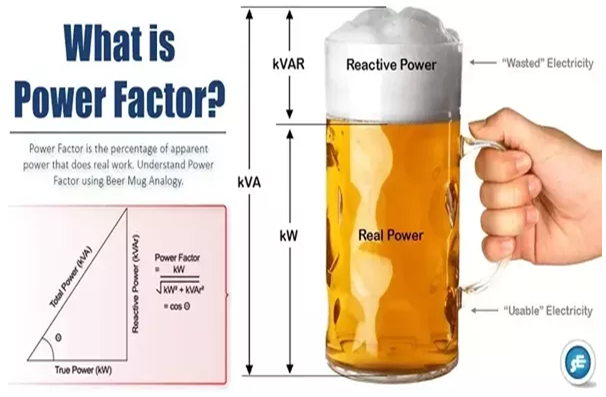Bud
Senior Member
- Joined
- Aug 11, 2017
- Messages
- 374
- Location
- United States
- Vessel Name
- Izzy Rose
- Vessel Make
- Grand Banks 49
There is a great article in the MTOA Turtle Times that explains this and "the smart Y"
If you have a 250v A/C panel on the boat and your pluged into a 250v 30amp receptacle on shore (or running the gen set). If you balance your loads you will draw less current (amps). Example: If you have 50amps of 125v loads on one side (L1) to nuetral you will be drawing 50amps. If you move half the loads to the other leg (L2) to nuetral you will draw 25 amps total thru both legs and your nuetral current (amps) will go to zero. This is because the two legs L1 and L2 are 180degrees out of phase so they feed each other. This is also why one nuetral wire can service both hot legs and not have to be double the size.
Bud
If you have a 250v A/C panel on the boat and your pluged into a 250v 30amp receptacle on shore (or running the gen set). If you balance your loads you will draw less current (amps). Example: If you have 50amps of 125v loads on one side (L1) to nuetral you will be drawing 50amps. If you move half the loads to the other leg (L2) to nuetral you will draw 25 amps total thru both legs and your nuetral current (amps) will go to zero. This is because the two legs L1 and L2 are 180degrees out of phase so they feed each other. This is also why one nuetral wire can service both hot legs and not have to be double the size.
Bud



